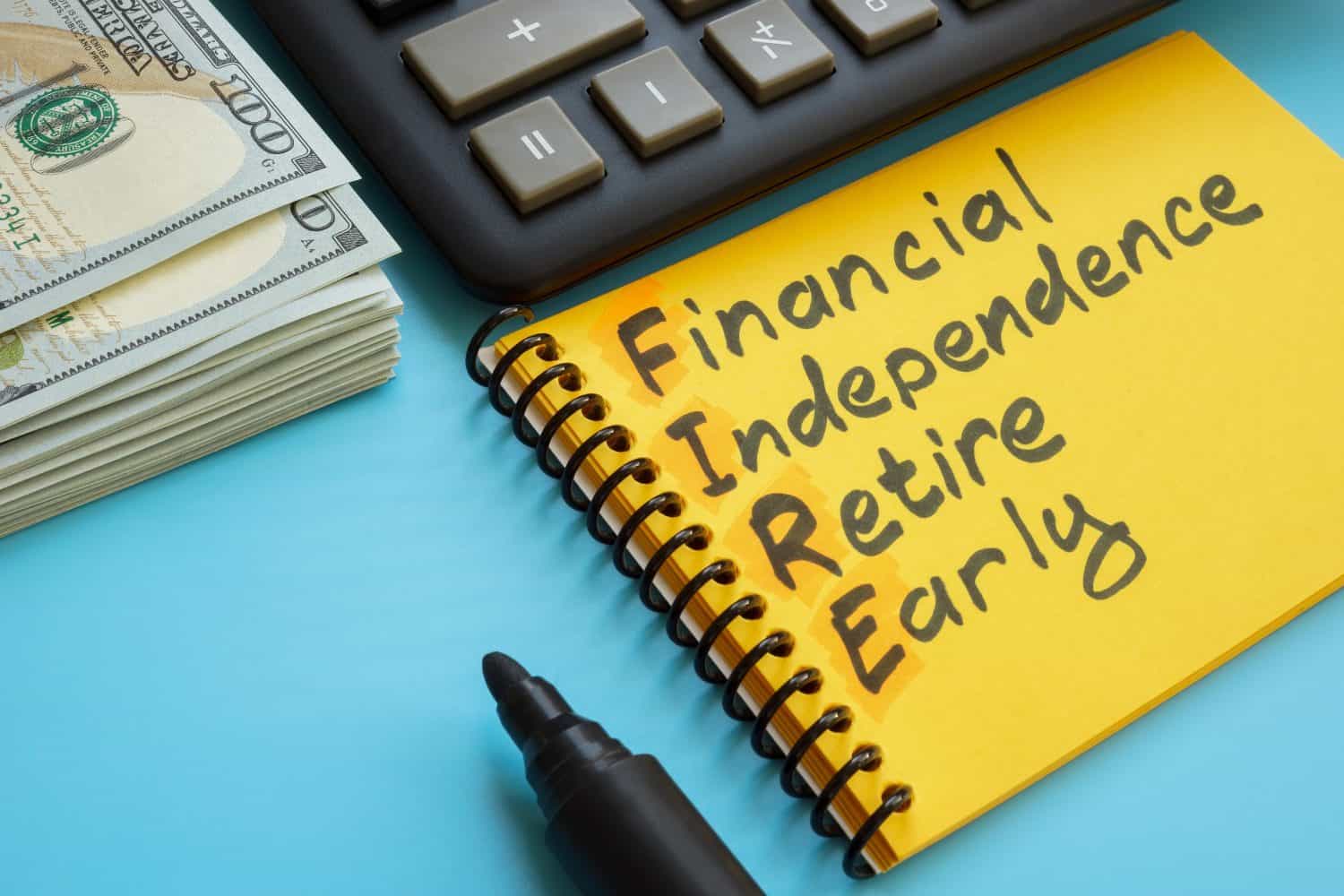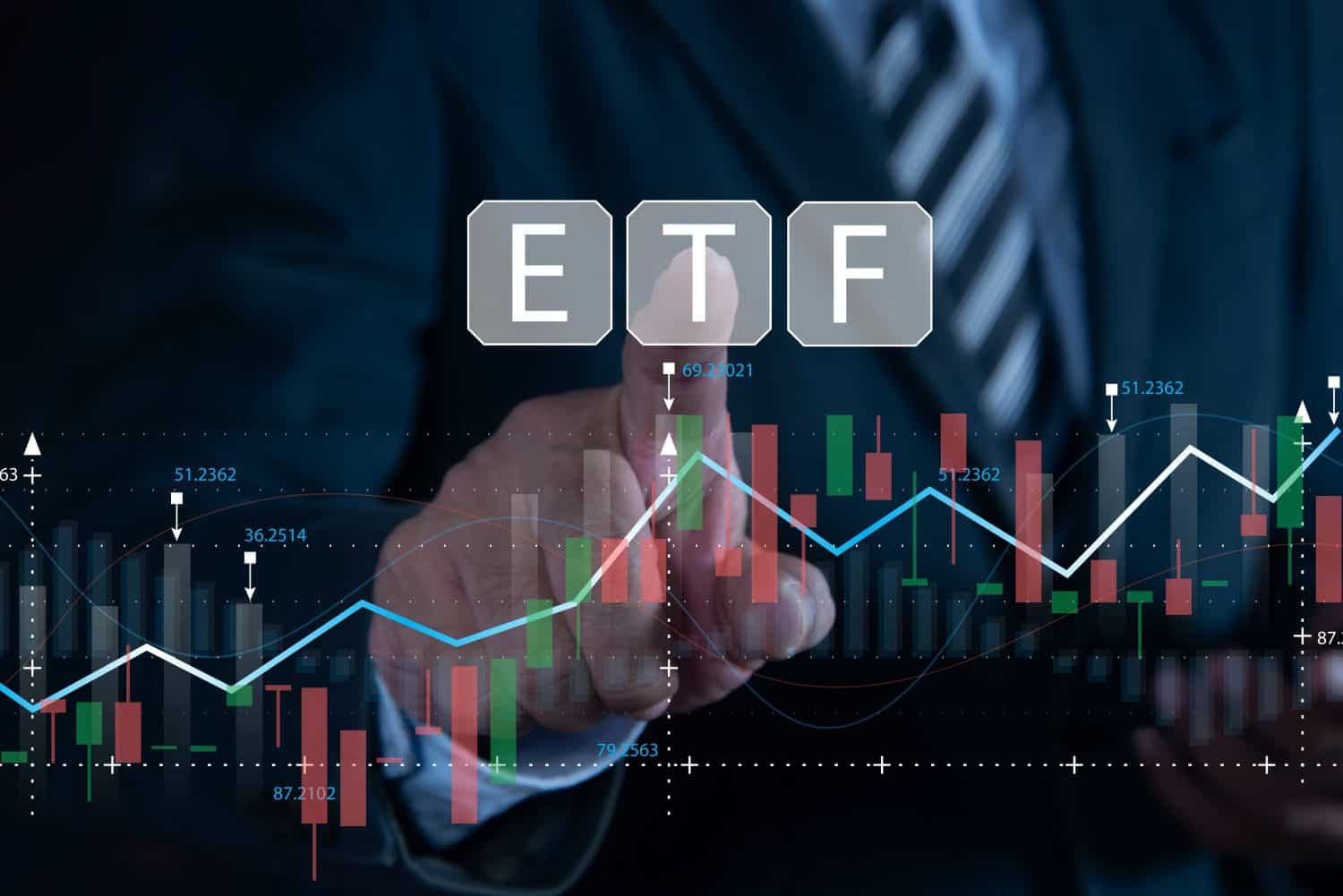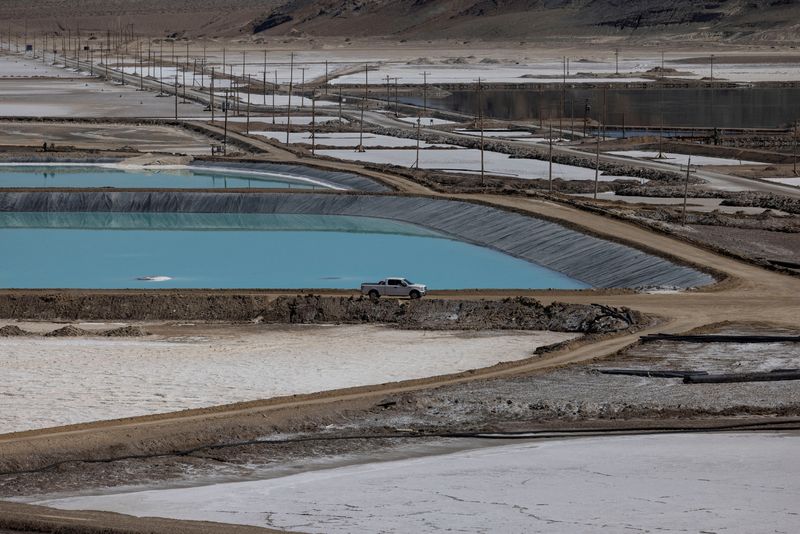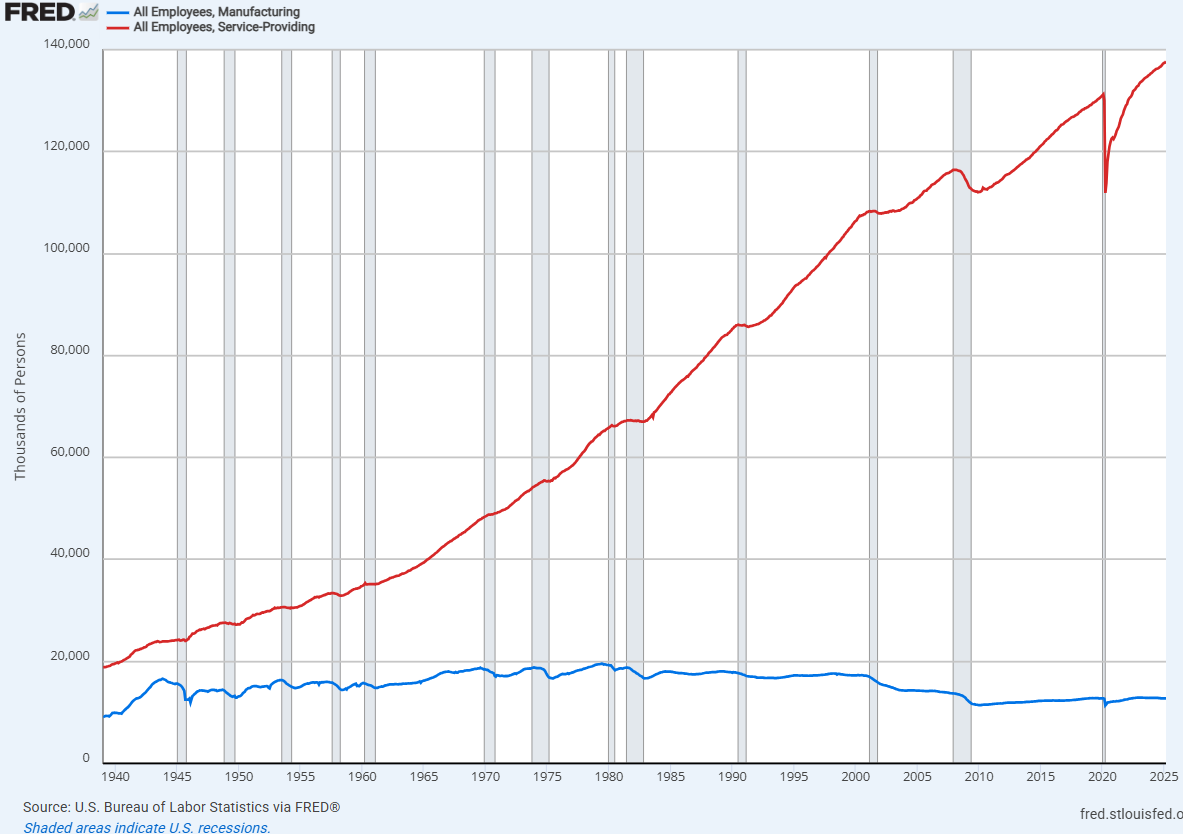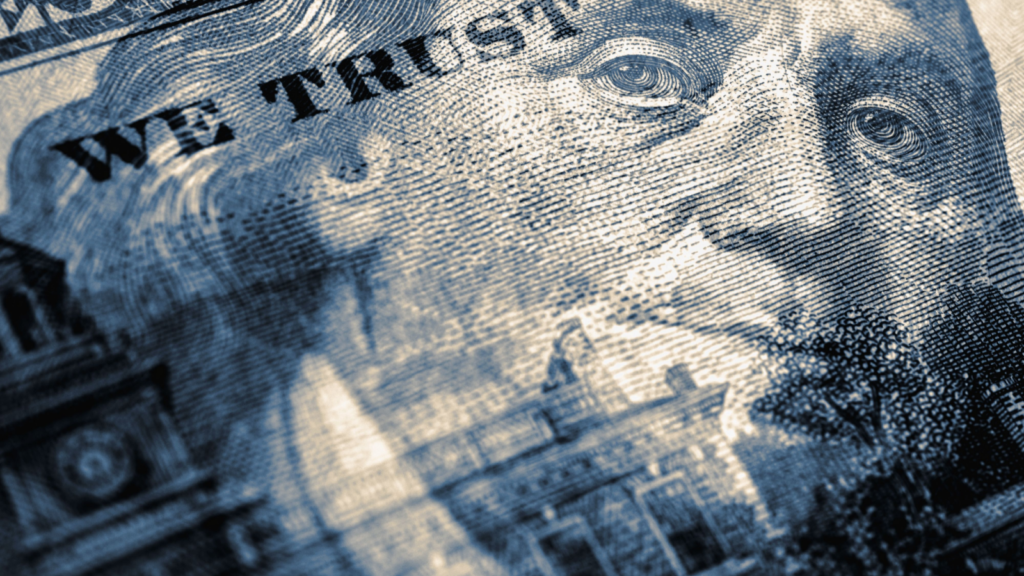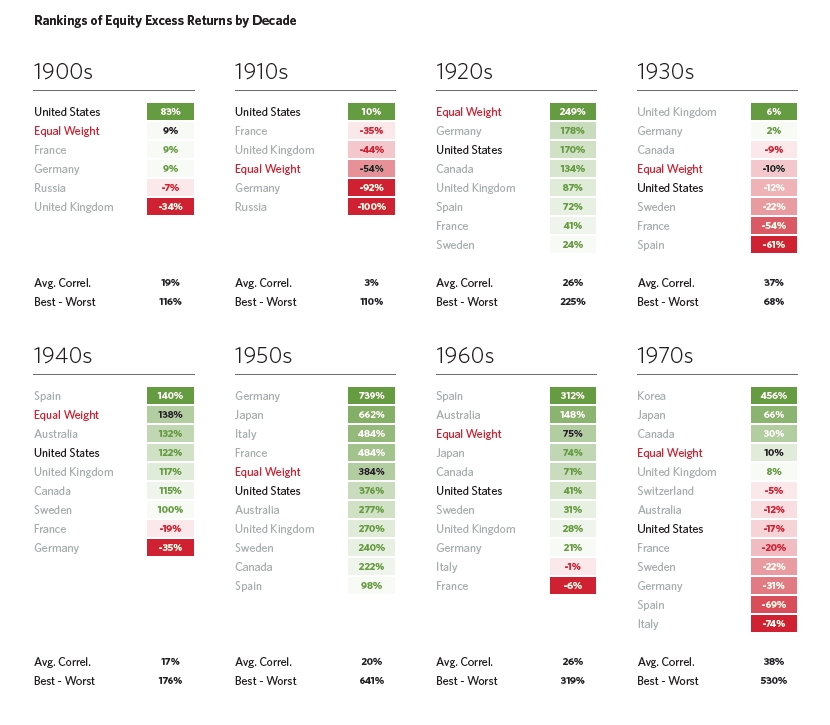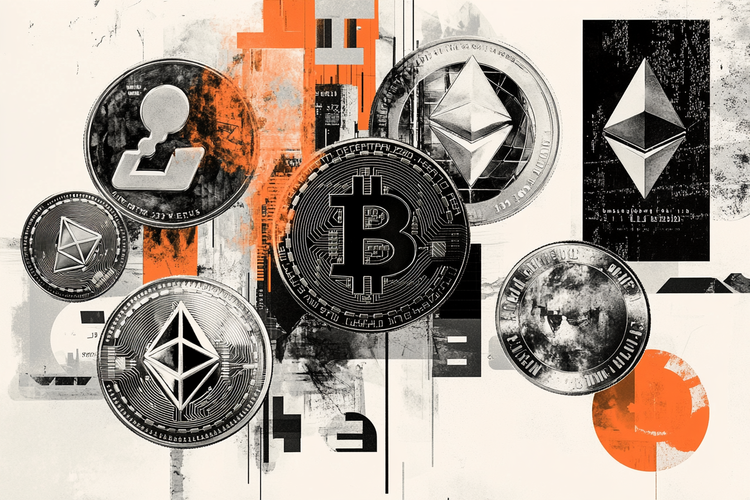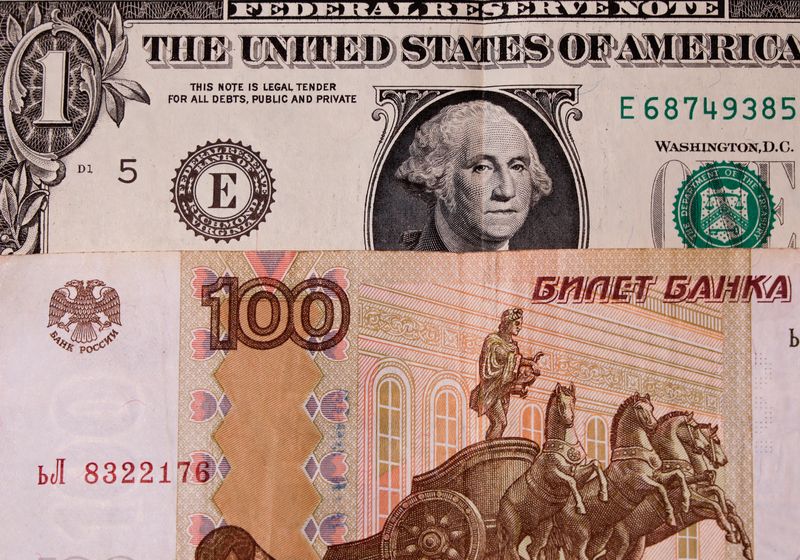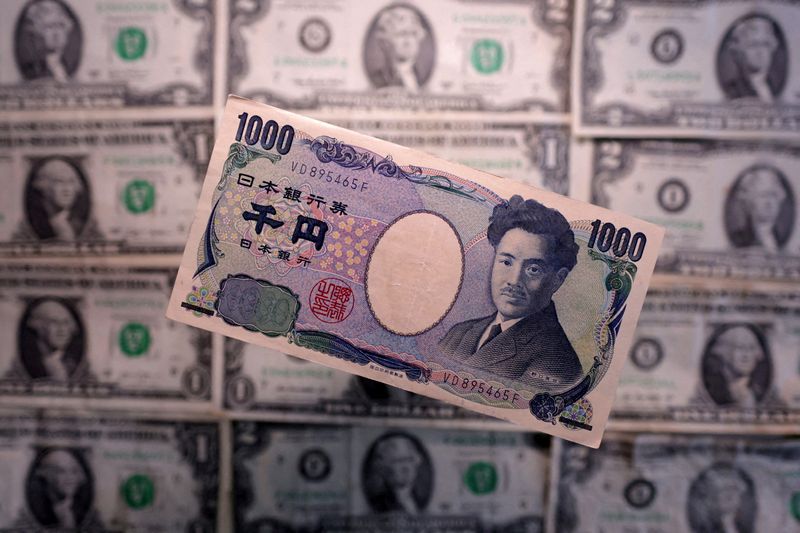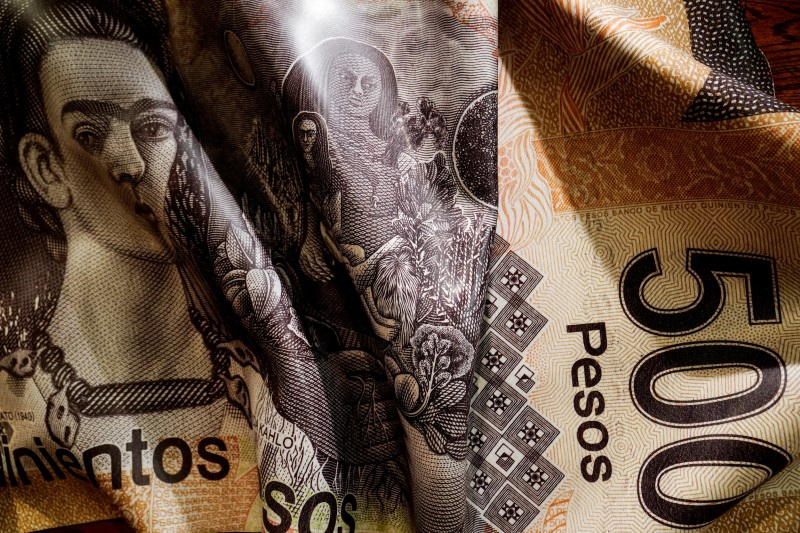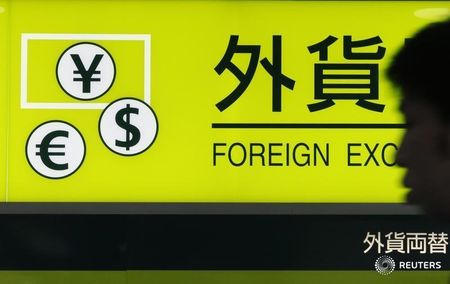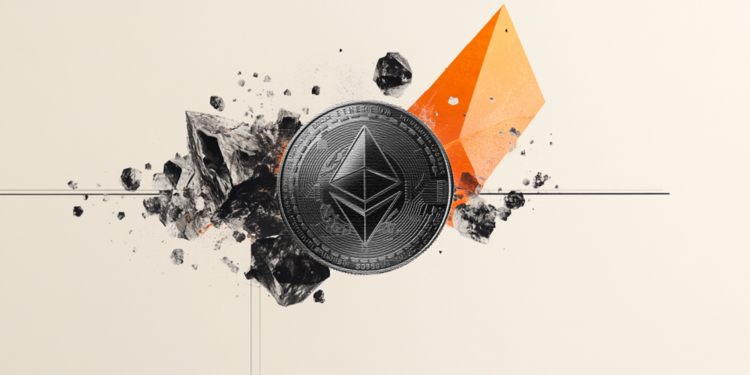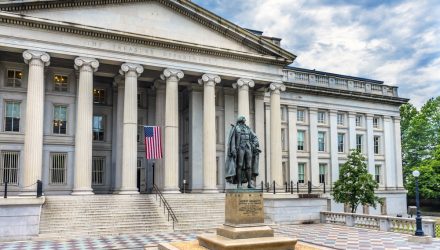3 Dividend Aristocrats You Can Buy Dirt Cheap Right Now
The current economic landscape feels like a tightrope walk for investors. Inflation has been cooling since the 2022 peaks but is still holding around 3%, and the trade war on top is making it tough for the Federal Reserve to continue cutting. Recession fears are also making a comeback as UMich sees declining consumer sentiment […] The post 3 Dividend Aristocrats You Can Buy Dirt Cheap Right Now appeared first on 24/7 Wall St..

The current economic landscape feels like a tightrope walk for investors. Inflation has been cooling since the 2022 peaks but is still holding around 3%, and the trade war on top is making it tough for the Federal Reserve to continue cutting. Recession fears are also making a comeback as UMich sees declining consumer sentiment and inflation ticking up much higher due to tariffs.
Key Points
-
Dividend Aristocrats are still worth buying, even though Treasury yields have gotten increasingly attractive.
-
Look into those that yield higher than treasuries and do so with high upside potential.
-
It’s even better if the underlying businesses are close to turning a corner.
-
Are you ahead, or behind on retirement? SmartAsset’s free tool can match you with a financial advisor in minutes to help you answer that today. Each advisor has been carefully vetted, and must act in your best interests. Don’t waste another minute; get started by clicking here here.(Sponsor)
Investing in dividend stocks may not look like a smart move right now, especially as Treasury yields go higher and are “riskless,” but it’s still a good time to lock in some stocks trading below their intrinsic valuations. They come with yield and capital appreciation and don’t lock you into a fixed yield like Treasuries. Plus, all the stocks I’ve listed below yield higher than Treasuries. Their safety profile might not be as good, but the long-term potential is better as they eventually recover.
Stanley Black & Decker (SWK)
Stanley Black & Decker (NYSE:SWK) is a tools and hardware company. SWK stock was solid in the pre-covid ERA but has never recovered from the selloff in 2022. The pandemic initially spiked DIY tool sales but has struggled to rebound as reduced consumer spending and retail demand crushed the Tools & Outdoor segment, which is Stanley Black & Decker’s largest revenue driver.
Higher interest rates are to blame as this caused soft housing market conditions that dampened demand for tools. Moreover, it still has $6.23 billion of debt on its balance sheet and the company’s net interest expense was $319.5 million for all of 2024. Its net interest income was $294.3 million for the same year, so Stanley Black & Decker would’ve had double the profits if the ultra-low interest rate regime continued.
Low interest rates are unlikely to come back anytime soon, but management has tackled the debt problem aggressively. Debt was $11.2 billion in Q2 2022 and has been brought down through asset sales. The debt-to-equity ratio now is 0.71 and is much more manageable.
It also plans to cut $2 billion in annual costs this year and boost gross margins to 35%. The recent tariff spook caused it to decline from around $75 to less than $60, so I see it as a dirt-cheap Dividend Aristocrat at these levels. Analysts see EPS at $5 this year and $7.5 two years out. Revenue is also expected to start increasing again next year onwards. The stock has little downside risk as tariff risks are mostly priced in, and the company seems better positioned than the market gives credit for.
SWK currently yields 5.56% with 58 consecutive years of dividend hikes.
Realty Income (O)
Investors have been very cautious about real estate-related companies since the Great Recession, and the sentiment has been that any future downturn would cause these businesses to crater significantly. The general consensus hasn’t held up, as these companies have done much better in the past few years. Real estate companies and banks learned a lot from the Great Recession and shouldn’t be left out of your portfolio, especially if they pay great dividends.
Realty Income (NYSE:O) is a great bet at current levels and yields 5.83%. Dividends are paid out monthly, so it is known as “The Monthly Dividend Company.” It’s not just the yield that makes it a solid bet since it has a diversified portfolio of properties leased to recession-resistant tenants like grocery stores, pharmacies, and dollar stores. The company’s occupancy rate has never gone below 96% since its IPO.
In just Q4 2024 alone, it invested $1.7 billion at an initial weighted average cash yield of 7.1%. For 2025, it expects AFFO per share between $4.22 and $4.28, same-store rent growth of 1%, occupancy over 98%, and investment volume of around $4 billion. The growth is comfortably outgrowing the dividends it is paying, and nothing tells me the company is in immediate danger of a downturn.
If anything, O stock is something passive income investors should buy hand over fist. You won’t find any other company that pays such monthly dividends with a comparable safety profile. Of all the 66 Dividend Aristocrats in the S&P 500, this company has the second-highest dividend yield.
Eversource Energy (ES)
Eversource Energy (NYSE:ES) is the largest utility provider in the New England region. The stock plateaued in 2022 and declined from the $80s. It has been trading sideways at around $50-60 since, as high interest rates made many contracts unfeasible and weighed in on its bottom line. The company still has $29.1 billion of debt on its balance sheet, and net interest expense was $973.1 million last year.
It still posted a profit of $811.7 million and has a dividend yield of 5.34%. The payout ratio is at 0.72. There’s plenty of room for more dividend growth as interest rates eventually come down Plus, tariffs are another reason to take a look here. Utilities are insulated from tariff risks, and electricity transmission companies are positioned well during the current administration as they are pushing for more data centers and leaning heavily into the AI narrative.
A return to the $80-90 range seems unlikely anytime soon due to interest rates being held up high, but it’s worth building up a modest position here since you’re paying less than 12 times forward earnings. If the trade war escalates after the 90-day tariff pause expires, more investors will seek shelter in utility stocks like ES. At the same time, this stock could fall below $50 if a recession happens. JPMorgan downgraded the stock to Underweight and cut its price target from $69 to $58.
It’s still worth adding to a dividend portfolio as analysts see both revenue and EPS growing by mid-single digits annually on average this decade. Rates will eventually come down, and you can sit back while collecting the dividends. It very recently became a Dividend Aristocrat.
The post 3 Dividend Aristocrats You Can Buy Dirt Cheap Right Now appeared first on 24/7 Wall St..





































